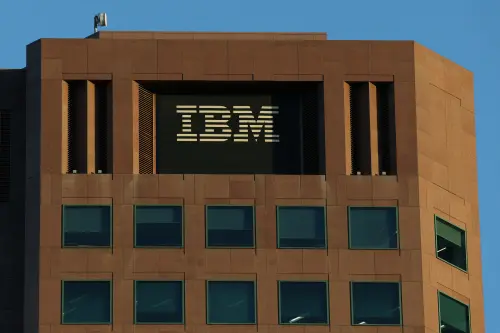Introduction
International Business Machines (IBM) announced its ambitious plan to develop a practical quantum computer by 2029, detailing the steps it will take to achieve this milestone.Context
Quantum computers utilize the principles of quantum mechanics to solve complex problems that would typically take classical computers thousands of years. Currently, the challenge with existing quantum computers is that they allocate significant computing power to error correction, rendering them slower than classical counterparts. IBM aims to address this issue by leveraging its upcoming quantum systems.Developments
IBM's "Starling" quantum computer, set to be built at a data center in Poughkeepsie, New York, will feature approximately 200 logical qubits. Qubits serve as the foundational elements of quantum computing, and achieving 200 qubits is expected to demonstrate tangible advantages over traditional computing.The company is in competition with major tech players, including Microsoft, Alphabet's Google, and Amazon.com, along with numerous startups that have garnered substantial investments. The core challenge faced by these organizations is managing the error-prone nature of qubits; they can operate quickly, but their tendency to produce errors necessitates careful error correction without compromising processing power.
IBM altered its approach in 2019, shifting from a traditional methodology of theoretical error-correction development to a more practical focus. The team examined feasible chip designs first and tailored their error-correction strategies accordingly. This shift has enabled IBM to confidently plan a series of quantum systems from now until 2027, leading to larger, more capable systems in the future.
According to Jay Gambetta, IBM's vice president overseeing the quantum initiative, the company has overcome significant scientific challenges. He noted that the focus now lies on tackling engineering challenges rather than requiring revolutionary new tools.
